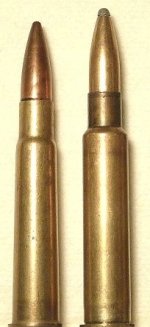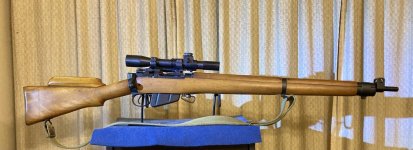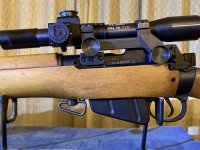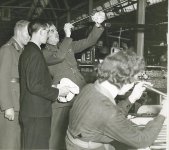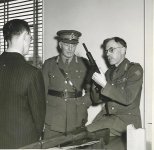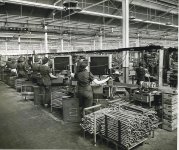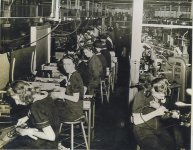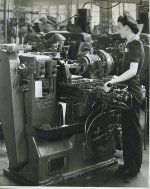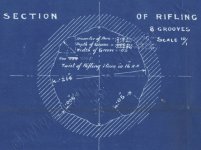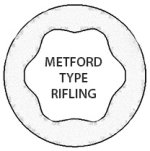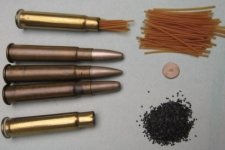Glenn R. McMannly
Member
Here is my most favored shooting piece:

It is one of Her Majesty’s No 4 Mk II Lee-Enfield rifles manufactured in the year 1955 at Fazakerley in England.
It arrived to me in mint unissued shape, still in cosmoline and wrapped in arsenal paper.
It is the smoothest, fastest, slickest bolt that can be imagined. The ten-round capacity is comforting, and the aperture style sights are perfect.
This magnificent rifle just feels “right”. The .303 British cartridge is excellent for small to medium game as well. The rifle can also be reloaded with what is known in British parlance as a “charger”.
I’ve acquired some excellent Greek surplus ammunition for it, plus a matching 1955 dated No 9 blade bayonet and sling.
I truly feel very happy when I shoot this rifle.
Glenn

It is one of Her Majesty’s No 4 Mk II Lee-Enfield rifles manufactured in the year 1955 at Fazakerley in England.
It arrived to me in mint unissued shape, still in cosmoline and wrapped in arsenal paper.
It is the smoothest, fastest, slickest bolt that can be imagined. The ten-round capacity is comforting, and the aperture style sights are perfect.
This magnificent rifle just feels “right”. The .303 British cartridge is excellent for small to medium game as well. The rifle can also be reloaded with what is known in British parlance as a “charger”.
I’ve acquired some excellent Greek surplus ammunition for it, plus a matching 1955 dated No 9 blade bayonet and sling.
I truly feel very happy when I shoot this rifle.
Glenn

